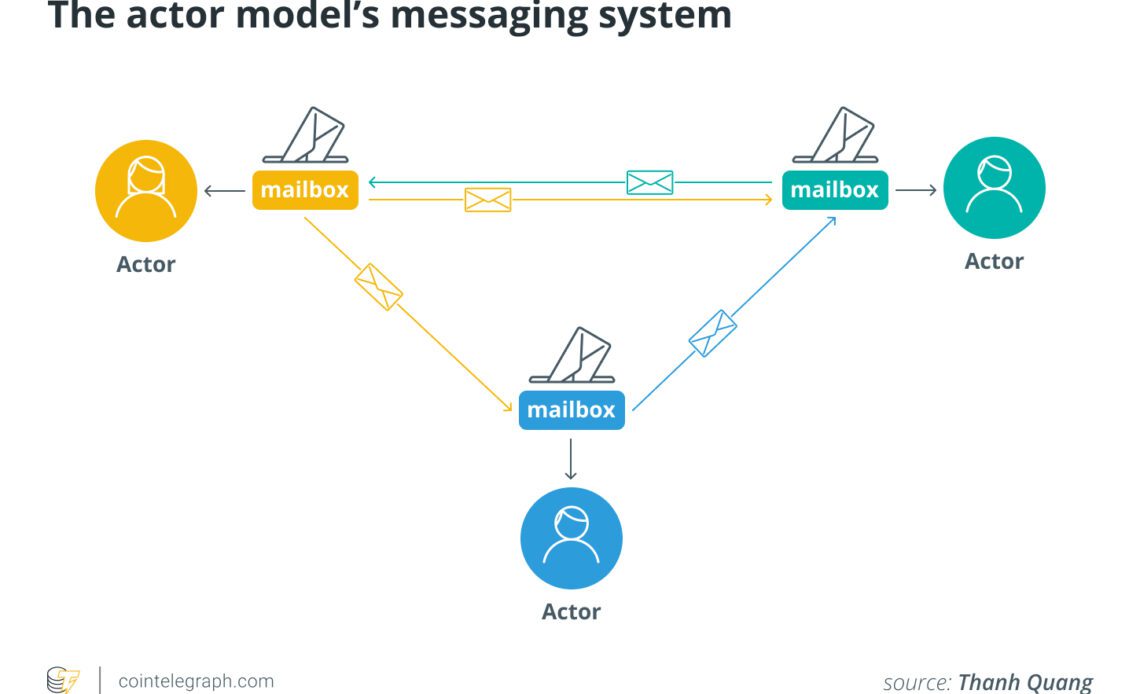Decentralized applications (DApps), including apps for gaming, have gained traction for their transparency, security and user asset ownership. However, delivering high-quality AAA gaming experiences through DApps presents challenges.
Existing 2D gaming DApps operate on blockchain networks using smart contracts for asset management. While they’re favored for their simple mechanics and resource efficiency, their limitations become evident as the complexity of the gaming experience increases.
Scalability is a primary hurdle for traditional blockchains like Ethereum, impacting real-time interactive gaming due to constraints surrounding transaction throughput and latency.
Performance is also an issue. AAA games require high-performance computing and superior graphics rendering. Yet, existing DApps struggle to meet these demands, resulting in subpar visual experiences.
Moreover, developing AAA gaming DApps is costly due to resource-intensive tasks and blockchain execution fees. Balancing immersive experiences with user-friendly expenses complicates the use of traditional DApp frameworks for AAA games.
What is the actor model?
The “actor model” is a communication model that enables parallel computing and asynchronous messaging within a blockchain protocol, making it possible for developers to build complex DApps with less difficulty.
The actor model is used within the Gear Protocol, and development was led by Nikolay Volf, founder of the Gear Protocol and Vara and one of the key developers of Polkadot and the Substrate framework.
Within the model are actors — programs or users that send messages to other programs in the protocol. Each actor has a mailbox and a private state that cannot be changed directly by another actor, rather they can only change states by receiving a message from another actor.
Messages between actors are taken from the mailboxes and processed in cycles. Once an actor has received and processed a message, they can either send a message to another actor, create an actor or change its state.
How is this beneficial for DApp development?
Asynchronous message handling in blockchain programming offers several significant benefits that contribute to the overall efficiency, scalability and reliability of DApps.
Firstly, asynchronous message handling allows for non-blocking processing of transactions and smart contracts.
Recent: ETF filings changed the Bitcoin narrative overnight — Ledger CEO
Unlike synchronous processing, where each transaction…
Click Here to Read the Full Original Article at Cointelegraph.com News…
























